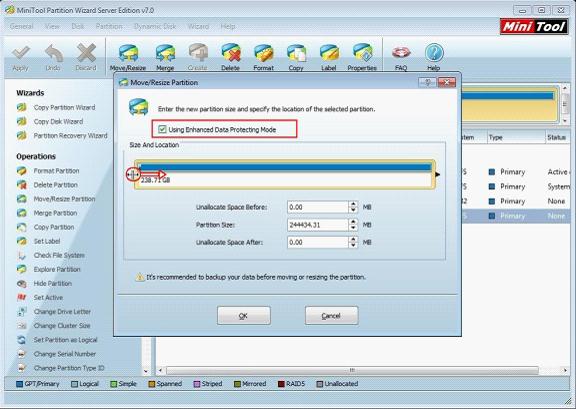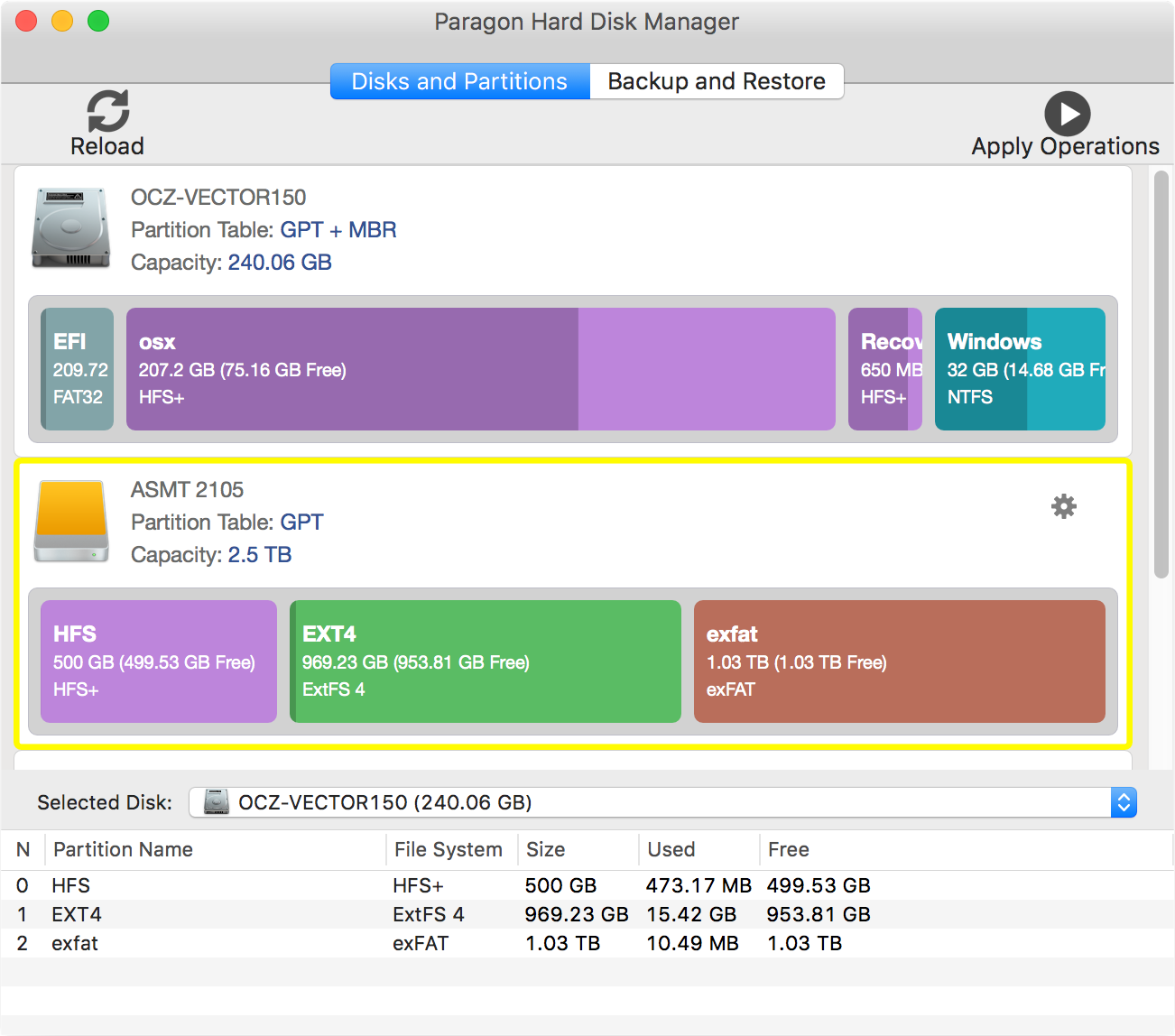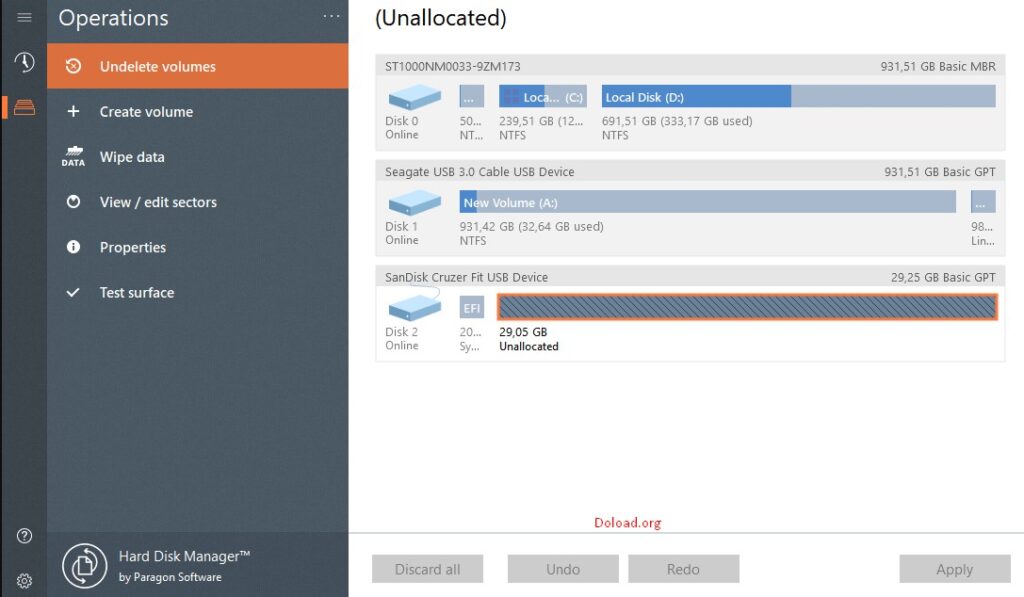
For the file system, youĬan choose FAT, FAT32, or NTFS. System, an allocation unit size, and a volume label. Right-click the partition you want to format or reformat, and chooseĪ window appears, as shown in Figure 1, asking you to choose a file Management utility appears in the right pane. TheĮxpand the Storage tree, and double-click Disk Management. To format orĬlick Start, Programs, Administrative Tools, Computer Management. Partition) using the Disk Management tool in Windows 2000 Server.

You can format any partitions (with the exception of the boot or system Security and file storage features in Windows 2000 Server, and it is your best Unless you have specific reasons for using FAT or FAT32, you should Server, setup retained your file system from Windows NT (if the installation wasĪn upgrade). Provided in Windows 2000 Server is an enhanced version that supports theĪdditional security features of Kerberos. Windows 2000 Server supports FAT, FAT32, and NTFS.

New technologies and features you will have to get a handle on to properly

You will see some familiar features and functionsĬoncerning fault tolerance and general disk management, but there are several This article is excerpted from his book, Configuring Windows 2000 Server (Prentice Hall PTR, 1999, ISBN 0-13-085858-7).ĭisk management in Windows 2000 Server is significantly different from Curt Simmons has written nearly a dozen technical books and training manuals.


 0 kommentar(er)
0 kommentar(er)
